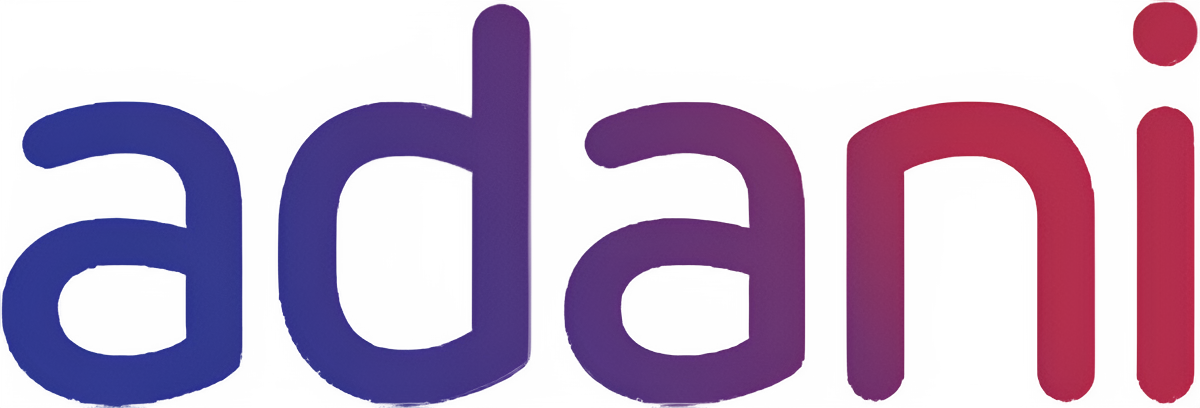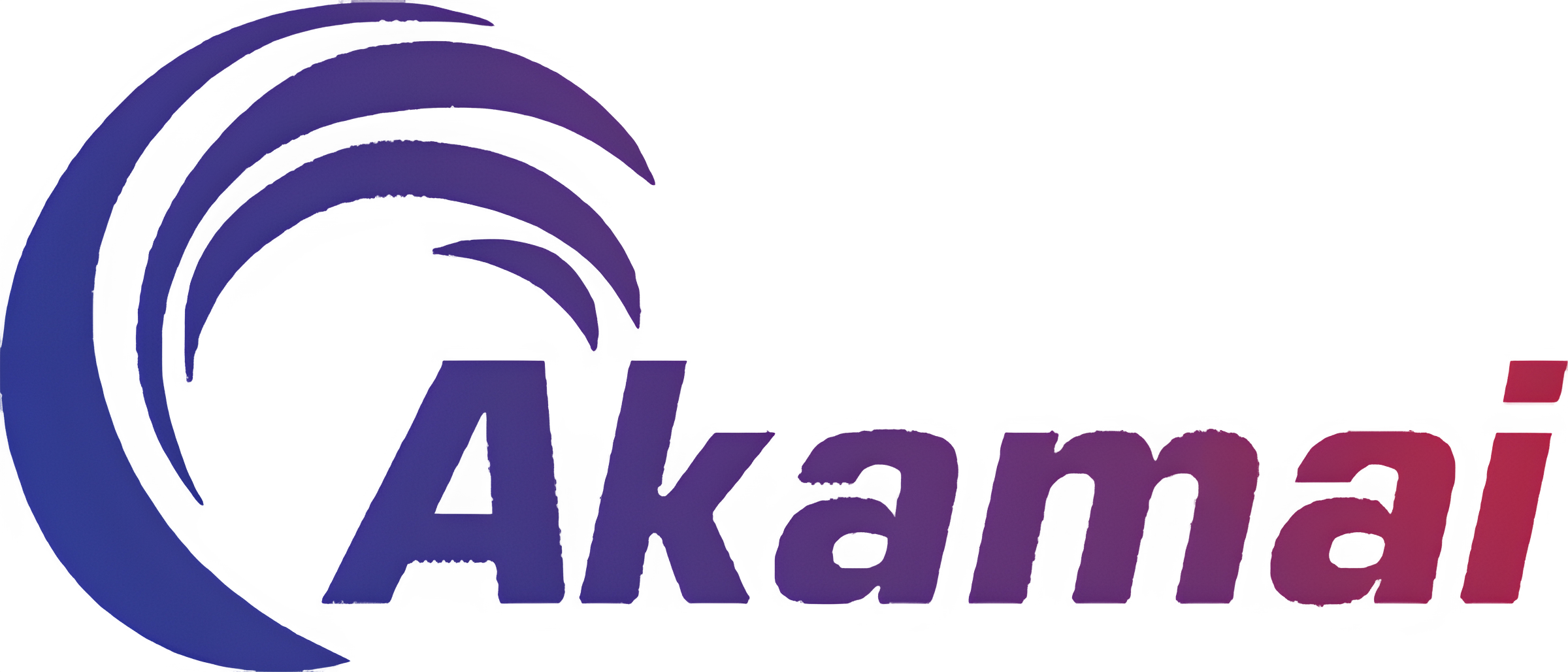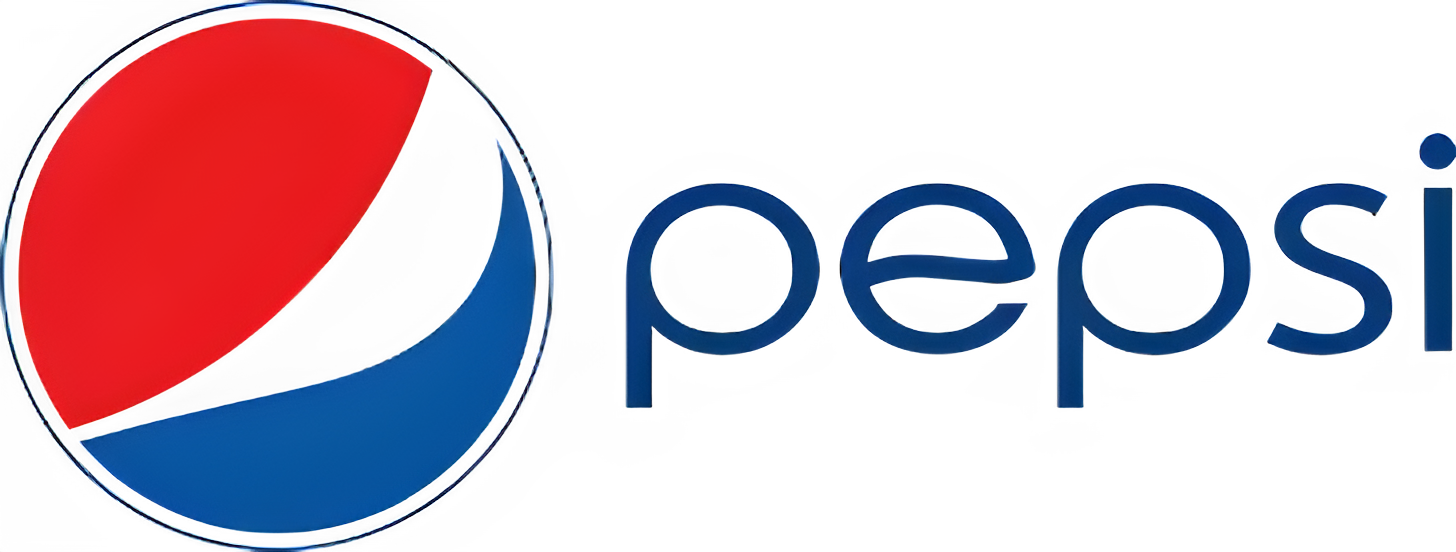How to Build a Custom Repair & Maintenance App for On-Demand Home Services
In an era where convenience reigns supreme, on-demand home services have carved out a significant place in consumers’ lives. Whether it’s fixing a leaking faucet, servicing an air conditioner, or installing a new appliance, homeowners prefer the ease of booking trusted professionals with just a few taps on their smartphones. A well-designed repair and maintenance app can connect service providers with customers, streamline scheduling, enable real-time tracking, and simplify payment processes. If you’re looking to enter this burgeoning market, building a custom repair & maintenance app is the perfect way to capture demand and differentiate your brand.
Creating such an application involves more than simply coding features; it requires a deep understanding of user experience, backend architecture, and marketplace dynamics. Partnering with the right technology experts—from a custom website development company for your web portal to a best mobile app development company for your native apps—ensures that your solution meets both business and technical requirements. At Dinoustech Private Limited, we specialize in building comprehensive, scalable platforms that unify service providers and customers seamlessly. This guide will walk you through the critical steps of developing an on-demand home services app, covering everything from feature design to technology stack and choosing the ideal development partner.
Understanding the On-Demand Home Services Market
Before diving into development, it’s important to grasp the unique attributes of the on-demand home services industry. Consumers expect quick response times, transparent pricing, and reliable professionals. Simultaneously, service providers seek efficient job management, timely payments, and a steady flow of requests. Balancing these interests calls for a marketplace model that prioritizes trust, convenience, and scale.
Market research is the first step: analyze competitors, identify underserved niches—such as specialized appliance repairs or eco-friendly maintenance—and define your value propositions. For instance, your app could offer background-checked technicians, real-time service tracking, flexible payment options, or subscription-based maintenance plans. Gathering feedback from potential users, both homeowners and service providers, helps refine features and user flows. By understanding pain points—like missed appointments, unclear pricing, or lack of technician credentials—you can design a platform that addresses these issues head-on.
Also Read: - Inventory Management App Development: A Complete Business Guide
Defining Core Features and User Flows
A custom repair & maintenance app must cater to two primary user groups: customers and service providers. Each group requires its own set of functionalities and interfaces. Below are the core features to consider for each:
Customer-Facing Features
Customers should enjoy a seamless, intuitive experience from the moment they download your app. Begin with a simple registration process—allowing email, phone number, or social logins—to minimize friction. Once registered, the customer portal should display a clear catalog of services: plumbing, electrical, HVAC, carpentry, and more. Each service listing can include detailed descriptions, starting prices, estimated timeframes, and user ratings.
When a customer selects a service, the app should prompt them to enter relevant details: location, preferred appointment window, and any additional notes. Integrating a calendar-based scheduler allows users to choose a slot that fits their schedule. Upon confirmation, the app should match the request with available, qualified technicians based on proximity, skill level, and ratings.
Real-time tracking is vital: customers appreciate knowing when the technician is en route, how far away they are, and an estimated arrival time. Push notifications and SMS alerts keep users informed at every stage—booking confirmation, technician dispatch, arrival notification, and service completion. Post-service, customers should be encouraged to rate the technician and leave reviews, fostering transparency and helping future users make informed decisions.
Service Provider Features
From the technician’s perspective, the app must streamline job acceptance, scheduling, and billing. After installing the provider version of the app, technicians register their details: name, skillset, certifications, service area, and hourly rates or flat fees. Background verification and document uploads—such as licenses or trade certifications—enhance trust and ensure only qualified professionals join the platform.
Once a service request is created by a customer, nearby technicians receive push notifications describing the job and location. Providers can accept or decline based on their availability. If accepted, the technician’s schedule is automatically updated, and a navigation link to the customer’s address is provided. After arriving, the technician uses the app to log service details, update inventory usage (if the job involves replacement parts), and request customer confirmation upon completion.
Payment management is crucial: the app should calculate the final bill—factoring in base fees, additional parts, taxes, and any surge pricing—and enable secure payment collection via credit/debit cards, digital wallets, or net banking. Technicians should have a dashboard to track earnings, view past jobs, and download invoices for tax purposes.
Administrator Dashboard
Behind the scenes, an admin dashboard provides oversight of the entire ecosystem. Administrators can monitor job requests, technician availability, customer satisfaction metrics, and financial transactions. They can manage service categories, update pricing, handle disputes, and analyse data trends to optimize operations. A robust back-end includes reporting modules that generate insights on peak service times, most popular services, and technician performance, helping business leaders make data-driven decisions.
Must Read: - Top Reasons to Partner with a Mobile App Development Company Today
Choosing the Technology Stack
Selecting the right technology stack ensures your app is scalable, secure, and maintainable. Below is a high-level overview of key components:
Mobile Frontend
For wide device coverage and faster development, you might choose a cross-platform framework such as React Native or Flutter. These technologies allow you to build a single codebase that runs on both iOS and Android, reducing time-to-market and ongoing maintenance costs. However, if you require highly optimized performance or advanced platform-specific features—such as deep integration with device sensors or AR functionality—native development (Swift for iOS and Kotlin/Java for Android) may be preferable. Partnering with a best mobile app development company ensures that your chosen approach aligns with business goals, user expectations, and budget constraints.
Web Frontend
A responsive web portal—built using modern JavaScript frameworks like React.js or Angular—caters to users accessing the platform from desktops or laptops. This is particularly important for service providers who may prefer managing bookings and dashboards on larger screens. A custom website development company can create a unified experience across devices, ensuring that customers and technicians enjoy consistent usability whether they’re on mobile or web.
Backend and APIs
The backend serves as the engine of your app, handling business logic, data storage, and integrations. A scalable, microservices-based architecture—deployed on cloud platforms like AWS, Google Cloud, or Azure—supports rapid growth and ensures high availability. Core services include user authentication, booking management, notification handling, payment processing, and reporting. RESTful APIs or GraphQL endpoints connect the frontend interfaces to the backend, facilitating data exchange in a secure, efficient manner.
Choosing the right database is equally important. A combination of relational databases (e.g., PostgreSQL, MySQL) for transactional data and NoSQL databases (e.g., MongoDB, DynamoDB) for unstructured or semi-structured data—such as technician profiles or logs—provides flexibility and performance balance. Real-time features, like location tracking or status updates, can leverage WebSocket connections or services like Firebase Realtime Database.
Also Read: - What Makes a Healthcare App Truly Useful for Patients Today?
User Experience and Interface Design
An intuitive, visually appealing interface is crucial for user adoption and retention. UX designers focus on minimizing cognitive load by guiding users through logical workflows—whether booking a service or managing job assignments. Consistent branding, clear typography, and well-defined color schemes reinforce trust and reinforce your company’s identity.
For customers, the interface should highlight the most requested services on the homepage, offer search functionality, and guide new users through registration and booking with tooltips or walkthroughs. For service providers, the dashboard should prioritize actionable items—such as pending job requests or upcoming appointments—while minimizing distractions.
An affordable web designing company can craft responsive layouts that respond gracefully to different screen sizes, orientations, and devices. Accessibility—ensuring that color contrasts, font sizes, and interactive elements meet WCAG standards—also enhances usability for all users, including those with visual or motor impairments. At Dinoustech, we believe that a well-designed interface is not an afterthought but a core driver of user satisfaction and business success.
Integrations and Third-Party Services
A robust repair & maintenance app integrates with various third-party services to enhance functionality and improve user experience. Some key integrations include:
- Geolocation and Mapping
Integrating Google Maps or Mapbox APIs enables customers to verify technician proximity and allows technicians to navigate to customer locations efficiently. Real-time location sharing also fosters transparency. - Payment Gateways
Connecting with popular payment processors—such as Stripe, PayPal, or Razorpay—facilitates secure in-app transactions. Additionally, supporting multiple payment methods (credit/debit cards, digital wallets, UPI) caters to diverse user preferences. - SMS and Push Notification Services
Services like Twilio or Firebase Cloud Messaging deliver real-time updates—booking confirmations, technician dispatch alerts, and payment receipts—keeping users informed at every stage. - Verification and Background Checks
Partnering with verification APIs ensures that technicians undergo background checks before registration. This builds trust and ensures only qualified professionals join the platform. - Third-Party CRM or ERP
For businesses already using CRM or ERP systems, creating connectors via RESTful APIs or middleware allows seamless data flow between your app and existing infrastructure, reducing administrative overhead.
Must Read: - Step-by-Step Guide to Developing a Grocery Delivery App
Ensuring Data Security and Compliance
Given the sensitivity of user data—personal details, payment information, location history—a strong security posture is non-negotiable. From the first line of code, security best practices should be embedded in the architecture. Implementing OAuth2 or JWT-based authentication ensures that only authorized users can access protected resources. Encrypting data in transit via HTTPS and at rest using AES-256 algorithms safeguards against unauthorized access.
Regularly updating dependencies and performing vulnerability scans—using tools like OWASP ZAP or Snyk—helps identify and remediate security gaps. Compliance with regional regulations such as GDPR (Europe), CCPA (California), or local data protection laws dictates how you collect, store, and process user data. Clearly defined privacy policies, opt-in consent mechanisms, and data retention schedules ensure legal compliance and build user trust.
A best software development company like Dinoustech Private Limited places security at the forefront, conducting periodic penetration tests, enforcing strict access controls, and maintaining comprehensive audit logs. This approach not only protects users but also mitigates business risks related to data breaches and regulatory fines.
Development Methodology and Project Management
Choosing the right development methodology accelerates delivery and minimizes rework. Agile frameworks—such as Scrum or Kanban—enable iterative progress, continuous feedback, and adaptive planning. By breaking the project into manageable sprints, stakeholders can review deliverables, identify roadblocks early, and adjust priorities dynamically.
Clear communication channels—daily stand-ups, sprint reviews, and backlog grooming—ensure alignment between product owners, developers, and designers. Utilizing project management tools like Jira, Trello, or Asana provides transparency into tasks, progress, and blockers. Regular demos of incremental features demonstrate ROI and gather user feedback to refine subsequent iterations.
At Dinoustech, our cross-functional teams—comprising front-end and back-end engineers, UX/UI designers, QA testers, and DevOps specialists—work collaboratively to deliver high-quality solutions. We provide status reports, risk assessments, and milestone updates, enabling clients to stay informed and make data-driven decisions throughout the development lifecycle.
Quality Assurance and Testing
A rigorous QA process guarantees that your custom repair & maintenance app functions flawlessly across devices, platforms, and network conditions. Manual testing—covering functional, usability, and exploratory tests—identifies user interface inconsistencies, logical errors, and performance bottlenecks. Automated testing scripts—using frameworks like Selenium, Appium, or Cypress—accelerate regression testing, ensuring that new features do not break existing functionality.
Performance testing—simulating high volumes of concurrent users—validates the scalability of your backend infrastructure. Load testing tools such as JMeter or Gatling help identify resource constraints that could lead to crashes during peak demand. Stress testing, on the other hand, determines how the system behaves under extreme conditions, ensuring graceful degradation rather than catastrophic failure.
Security testing—encompassing penetration testing, vulnerability scanning, and code reviews—uncovers potential attack vectors. Automated tools like OWASP Dependency-Check flag known library vulnerabilities, while manual penetration tests emulate real-world hacking attempts. A best software development company integrates QA practices throughout development, catching defects early and reducing costly post-release fixes.
Also Read: - Mobile App Development Cost in Germany: A Complete Breakdown
Deployment and Maintenance
Once the development and testing phases conclude, deployment brings your app to a production environment. Cloud platforms like AWS, Azure, or Google Cloud offer managed services—such as Kubernetes, Docker container orchestration, and serverless functions—that simplify deployment and ensure high availability. Implementing CI/CD pipelines automates build, test, and deployment processes, allowing incremental updates and rapid feature releases with minimal downtime.
Monitoring tools—such as Prometheus, Grafana, or New Relic—provide real-time insights into system performance, error rates, and user behaviors. When issues arise, alerting mechanisms notify DevOps teams immediately, enabling swift response and resolution. Regular backups, disaster recovery plans, and failover strategies minimize the risk of data loss and ensure business continuity.
Post-launch, ongoing support and maintenance involve patching security vulnerabilities, updating dependencies, and refining features based on user feedback. A best mobile app development company like Dinoustech Private Limited offers flexible maintenance packages—from dedicated support teams to ad-hoc bug-fixing services—ensuring that your platform evolves alongside market demands and technological advancements.
Monetization Strategies
Building a custom repair & maintenance app also involves defining how the platform generates revenue. Common monetization models include:
- Commission-Based Model
The app takes a percentage of each transaction. This aligns your revenue with the success of service providers and encourages you to ensure high job completion rates. - Subscription Plans
Service providers pay monthly or annual subscription fees for premium features—such as advanced analytics, priority job listings, or automated invoicing. - Service Packages
Offer bundled maintenance plans—like quarterly home inspections or seasonal AC servicing—at discounted rates, encouraging recurring revenue streams. - In-App Advertisements and Featured Listings
Local suppliers or larger contractors can pay for advertising space within the app or premium placement in search results, enhancing visibility to customers.
Your chosen monetization strategy should reflect both customer willingness to pay and service provider capacity. Continuous A/B testing and analytics help refine pricing tiers and promotional offers for maximum profitability.
Conclusion
Building a custom repair & maintenance app for on-demand home services presents an exciting opportunity to modernize a traditional industry, increase service accessibility, and generate new revenue streams. By identifying your target audience’s pain points, defining core features—such as seamless booking, real-time tracking, and secure payments—and selecting the right technology stack, you can create a platform that delights both homeowners and service providers.
Partnering with experts—a custom website development company for web portals, a best mobile app development company for native or cross-platform applications, an affordable web designing company for engaging user interfaces, and a best software development company for overall architecture and maintenance—ensures that your project receives the breadth of expertise it requires. At Dinoustech Private Limited, we pride ourselves on delivering tailored, scalable solutions that transform concepts into market-leading applications. From initial discovery and wireframing to deployment, analytics, and ongoing support, our teams work side by side with clients to achieve business goals and foster long-term success.
If you’re ready to establish your brand in the on-demand home services space, reach out to Dinoustech today. Together, we will design, develop, and deploy a custom repair & maintenance app that streamlines operations, enhances user satisfaction, and drives sustainable growth in an increasingly digital world.

















